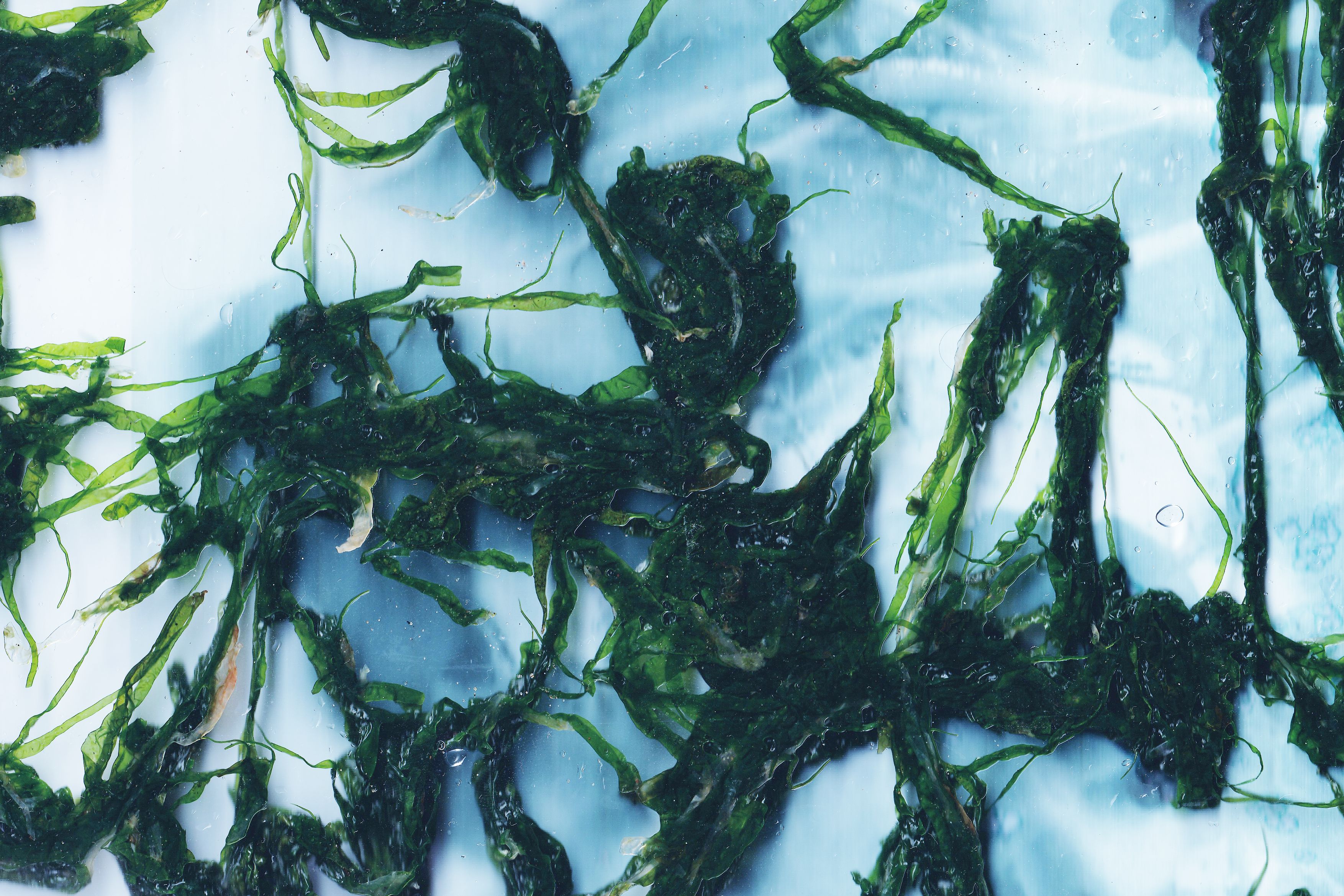Sergei Zinchuk is a London based artist, working in a range of media including large scale installations, writing and moving image. Sergei’s work is often informed by architecture and poetics of space, looked through a particular angle of underlying systems and cultural hegemonies: post-communist, post-capitalist, post-human.
Sergei was born in Ukraine when it was still part of Soviet Union, and emigrated to the UK in 2002. He graduated from Central St. Martins in 2016 in Sculpture, and has been gradually building his practice ever since.
The year of the pandemic, marked by an enforced isolation in a remote countryside location with limited resources, presented an unexpected opportunity for new work: from developing a material out of dust, waste and remnants of maintenance, and weaving it onto 'spatial' looms, to building a kind of transcendent world out of fragments of fictions, memories, rejected imagery and video footage.


![[untitled]](https://res.cloudinary.com/rca2020/image/upload/f_auto,h_1301,w_1920,c_fill,g_auto,q_auto/v1/rca2021/60c602fb101fec8c9f1ac882-288710?_a=AXAH4S10)
![[untitled]](https://res.cloudinary.com/rca2020/image/upload/f_auto,h_1301,w_1920,c_fill,g_auto,q_auto/v1/rca2021/60c602fb101fec8c9f1ac882-219197?_a=AXAH4S10)
![[untitled]](https://res.cloudinary.com/rca2020/image/upload/f_auto,h_1920,w_1281,c_fill,g_auto,q_auto/v1/rca2021/60c602fb101fec8c9f1ac882-671567?_a=AXAH4S10)
![[untitled]](https://res.cloudinary.com/rca2020/image/upload/f_auto,h_1920,w_1281,c_fill,g_auto,q_auto/v1/rca2021/60c602fb101fec8c9f1ac882-692621?_a=AXAH4S10)
![[untitled]](https://res.cloudinary.com/rca2020/image/upload/f_auto,h_1282,w_1918,c_fill,g_auto,q_auto/v1/rca2021/60c70de9101fec8c9f5c59b9-938785?_a=AXAH4S10)
![[untitled]](https://res.cloudinary.com/rca2020/image/upload/f_auto,h_1282,w_1918,c_fill,g_auto,q_auto/v1/rca2021/60c70de9101fec8c9f5c59b9-825046?_a=AXAH4S10)
![[untitled]](https://res.cloudinary.com/rca2020/image/upload/f_auto,h_1920,w_1281,c_fill,g_auto,q_auto/v1/rca2021/60c70de9101fec8c9f5c59b9-149227?_a=AXAH4S10)
![[untitled]](https://res.cloudinary.com/rca2020/image/upload/f_auto,h_1920,w_1281,c_fill,g_auto,q_auto/v1/rca2021/60c70de9101fec8c9f5c59b9-497182?_a=AXAH4S10)
![[untitled]](https://res.cloudinary.com/rca2020/image/upload/f_auto,h_1281,w_1920,c_fill,g_auto,q_auto/v1/rca2021/60c70de9101fec8c9f5c59b9-81439?_a=AXAH4S10)
![[untitled]](https://res.cloudinary.com/rca2020/image/upload/f_auto,h_1281,w_1920,c_fill,g_auto,q_auto/v1/rca2021/60c70de9101fec8c9f5c59b9-583560?_a=AXAH4S10)
![[untitled]](https://res.cloudinary.com/rca2020/image/upload/f_auto,h_1918,w_1282,c_fill,g_auto,q_auto/v1/rca2021/60c70de9101fec8c9f5c59b9-928825?_a=AXAH4S10)
![[untitled]](https://res.cloudinary.com/rca2020/image/upload/f_auto,h_1920,w_1280,c_fill,g_auto,q_auto/v1/rca2021/60c70de9101fec8c9f5c59b9-281225?_a=AXAH4S10)
